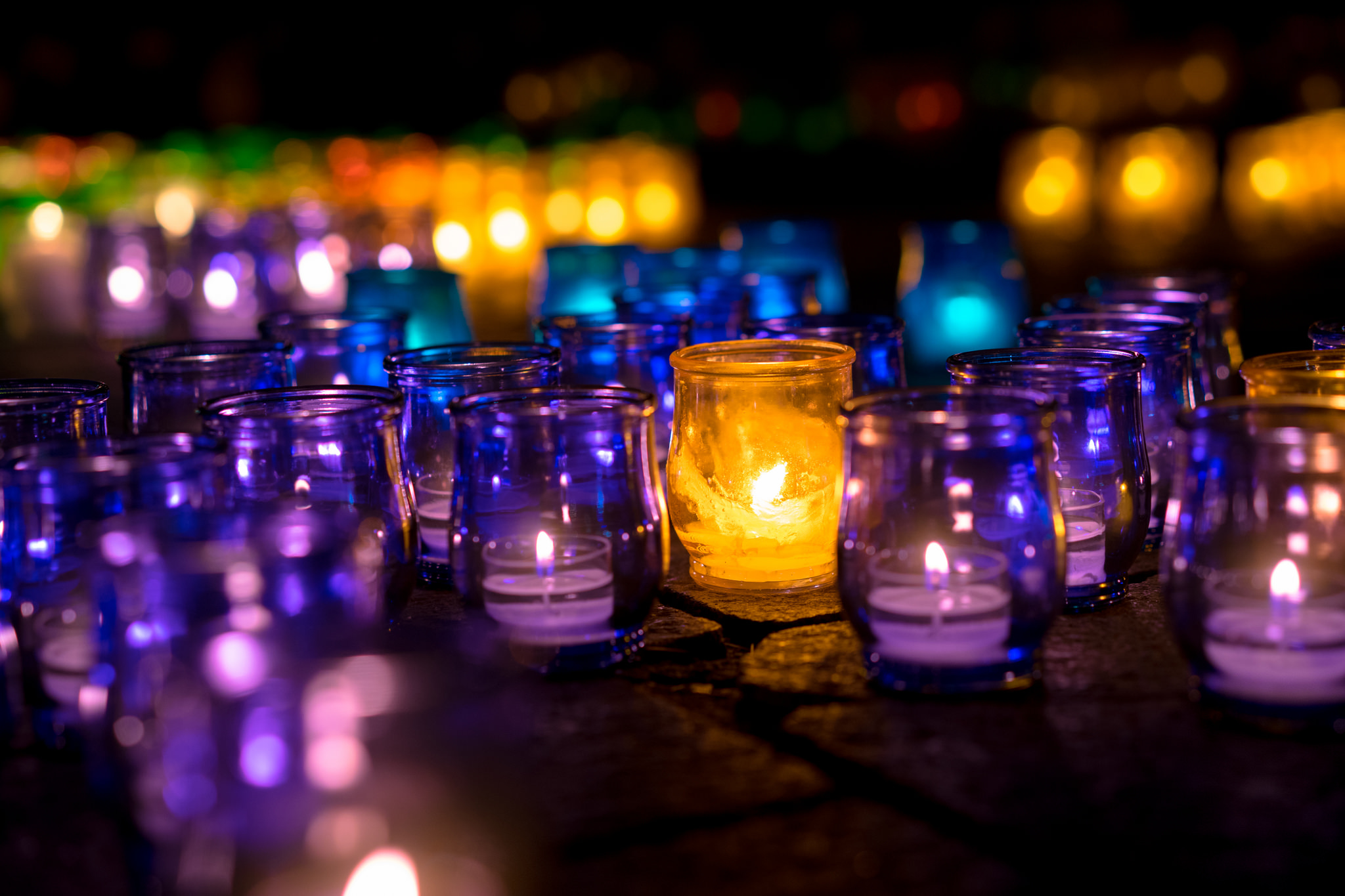It’s so hard to get on Twitter without being overwhelmed by Appalling Things, but I do wind up picking at the margins of current topics when my friends talk about them, and then they get into the bloodstream of my thoughts and I wind up producing a personal podcast (like a personal pan pizza, consumed by one’s self only) on my commute. Which I was doing this evening, only then the thought occurred to me: Isn’t this why you have a fucking blog? (It’s my commute, so f-bombs are a feature of the landscape.)
Why yes, yes it is.
The new generations of writers and readers have been coming up with — I suppose they’re not genres, really, but descriptive modes for stories, and the one that’s come up on my radar recently is hopepunk. At first glance it seems like it’d be right up my street, hopepunk — coined, as far as I can tell, as a counter to grimdark, which I’ve already got a canned rant about. The short version is, for the last hundred years or so, a defining feature of Serious Literature has been grimness and darkness — dis-integration of people and relationships and situations, fragmentation of narratives. Meaning reduced to incoherence as a statement of truth, co-inherence mocked and flouted by assiduously unhappy endings. Thus not only do Serious People want to make you read stories about disaster and incoherence, they also want to scold you for wanting the opposite. And who needs it, really?
So hopepunk, yeah, sounds great, let’s have some! Only…what is it?
From my perspective on the fringes of the discussion, it looks like people have a hard time identifying what is a proper example of hopepunk, one that can be agreed upon by all parties. In fact, what some people see as hopepunk, others noped out of as the epitome of grimdark. And vice versa. It’s like “postmodern,” which is, well, you know, something…a little bit more modern than modern, right? No matter how clearly set out the concept is to start with, it runs afoul in practice of a sort of subjective gestalt.
And part of the problem is that people want stories to bear witness to their pain and difficulty and disaster; and to speak too quickly of hope is to betray their testimony to a final rebuttal. To say, “but that’s not what hope means,” and try to back-and-fill the concept, just clouds the issue further.
Which is why I still prefer Tolkien’s word eucatastrophe as a descriptive mode for the stories I want. We all know what catastrophe is: everything I said about Serious Literature above. So then what is the good catastrophe? It’s a story that specifically invokes that witness to pain and difficulty and disaster, so that it can bring forth the integrated meaning and co-inherence and renewal and reversal that every situation can potentially produce. Eucatastrophe does not betray by a clap-back from outside the situation: it restores things from within the structure of its own landscape of meaning. It makes the tellers of such stories agents in their own rescue; it puts others in potential touch with a wild and painful joy. You can want it or not want it, but it’s a definite thing. You can say, “This story has a payoff, but getting there might not be worth it to you.” Or you can say, “This story doesn’t have enough of a payoff to justify the misery.” Eucatastrophe as a concept lets you say definite things about actual stories, and have a, well, coherent conversation about them. In fact, so long as the concept is in place, you hardly have to use Tolkien’s 25-cent word at all.
A word you don’t actually have to say to use: now that’s a useful word.

One thought on “The grimdark/hopepunk gestalt, and other sandtraps”